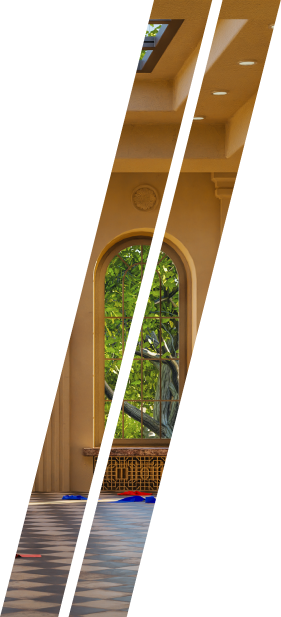 Search
Search
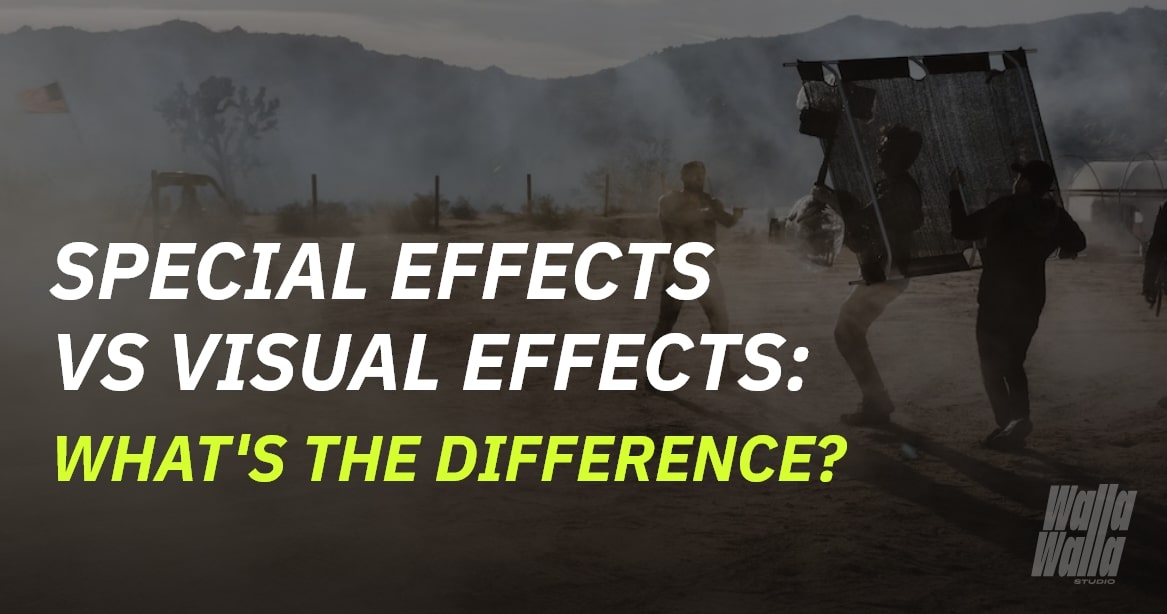
Filmmakers have been using special effects since the invention of cinema. Why so? Films deliver something more than just a reflection of our real life. They tell exciting stories when viewers watch what they can barely see in their day-to-day routines. Even documentary films bring us vivid knowledge we can hardly get in other ways. The fact that films compress time alone requires some effects to let characters live months and years on the screen during a couple of hours of the film’s timeline.
Special effects allow filmmakers to demonstrate fantastic creatures and unreal landscapes. Historical events come to life on screen as if we witness them directly. The very raison d’etre of films lies in driving viewers to a parallel reality where the impossible becomes observable. What would movies be without such magic? A mundane life’s registration for which any viewer would hardly pay a dime. Various effects used in movies are becoming more realistic with the development of technology. Visual effects based on computer graphics are the logical extension of real-life effects used in filmmaking for decades. But the broad audience confuses both types oftentimes. What is the difference between video effects (VFX) and special effects (SFX)? When should each of them be applied to movies? Let’s investigate the issue to set things right.
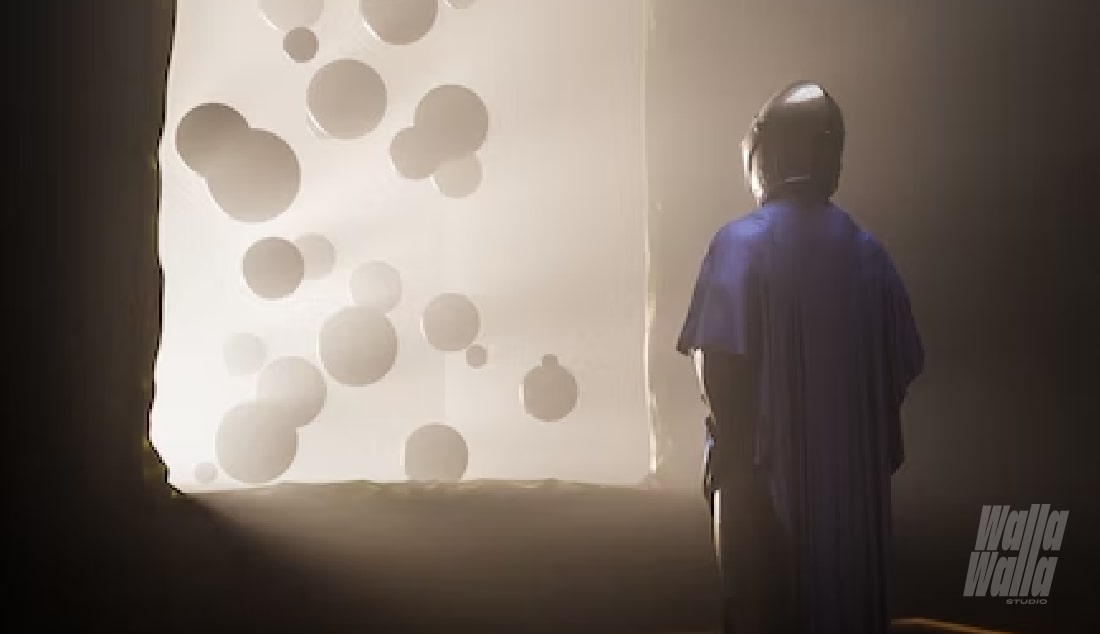
Why VFX and SFX are not the same
Many may suppose that visual effects compose just a part of special effects. But modern computer graphics cast doubt on that. It becomes unclear what is primary for modern filmmaking. The more the imagery processing develops, the larger the gap between SFX and VFX becomes. It is necessary to understand what each of them is in its essence.
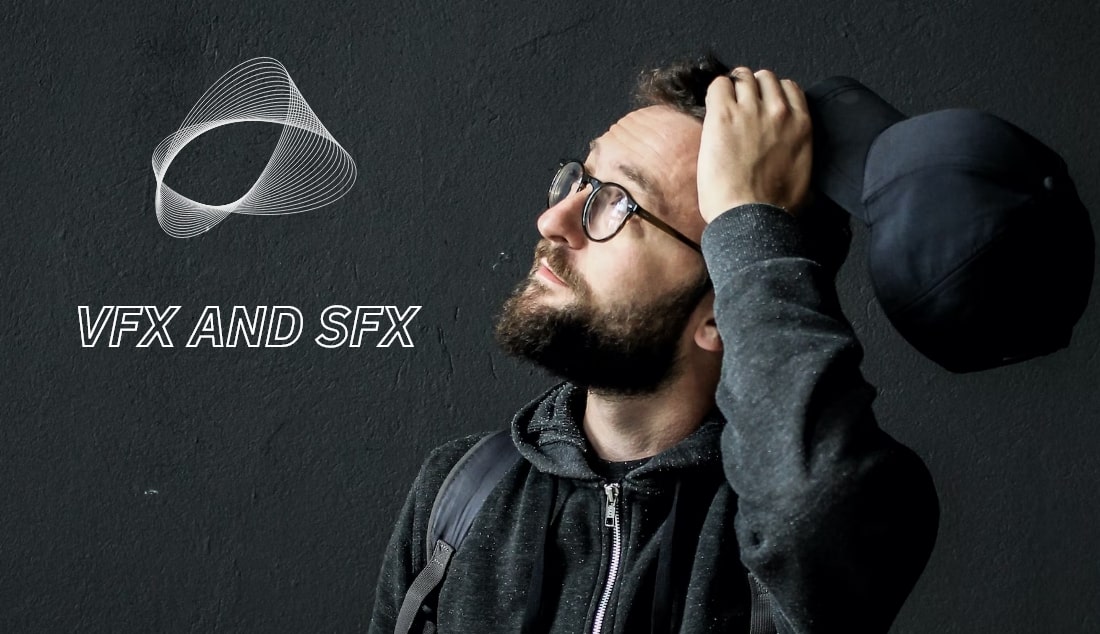
Special effects
They comprise methods and technologies that add realism to various scenes on the screen. Besides, SFX delivers objects and phenomena that the storyline implies but are absent in real environments. How to film rain when the sky is cloudless? An ordinary garden hose can help achieve the effect. Explosions, wind gusts, lightning flashes, snowfalls, and many other manifestations can be created artificially on the shooting stage. Wigs, makeup, and costumes belong to various means of achieving the character’s authenticity in the shot. All this, along with stage props, constitute the tools with which SFXs can be created.
Hence, SFX implies using special props, pyrotechnics, animatronics, and various stage accessories to create scenes that cannot be filmed without them. The variety of special items made for achieving certain shot effects in films is huge since they have provided the only way to shoot illusionary scenes before computer graphics are introduced. Those items become precious collectibles after being used on a film set, especially when the film is popular and the item is recognizable by the audience. People pay a lot of money for masks, mock-ups, fantastic weapons, and various animatronic objects used in famous Hollywood blockbusters.
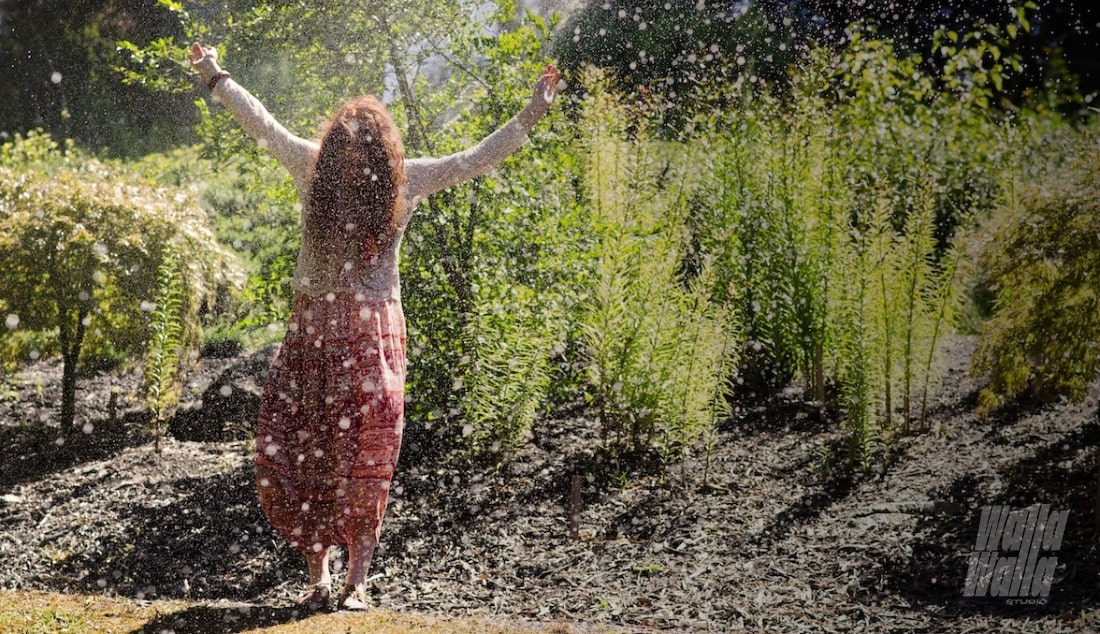
Visual effects
Computers have brought effects to the next level. Processing visuals with special software makes many “traditional” physical means of filming action scenes obsolete. In contrast to SFX used directly on set, VFXs imply post-shooting imagery processing with computer graphics. In fact, the only props used on set today are the so-called chroma key (or green screen) that stands as a backdrop to facilitate VFX adding. Large shooting pavilions with expensive props are no longer necessary since the stage extension effects can put actors into any environment needed.
VFX has many types and approaches to visual processing, from cleaning wires and other adverse elements from the shot to adding purely digital characters. Very few scenes of modern movies can be filmed without post-shooting imagery processing. In many cases, VFXs appear cheaper than using full-scale external shooting. Hundreds and thousands of background actors for battle scenes, for instance, have become redundant today. A small film crew with computers can easily replicate the Spartak movie (1953) in which 8000 soldiers of Spanish infantry have been engaged to imitate the Roman army.
Computer technologies keep rapidly evolving to achieve real-life realism in 3D videos. The purely digital environments created with, for example, Unreal Engine 5 are indistinguishable from any live shooting. We observe how films merge with video games and vice versa to spawn a new genre in visual art.
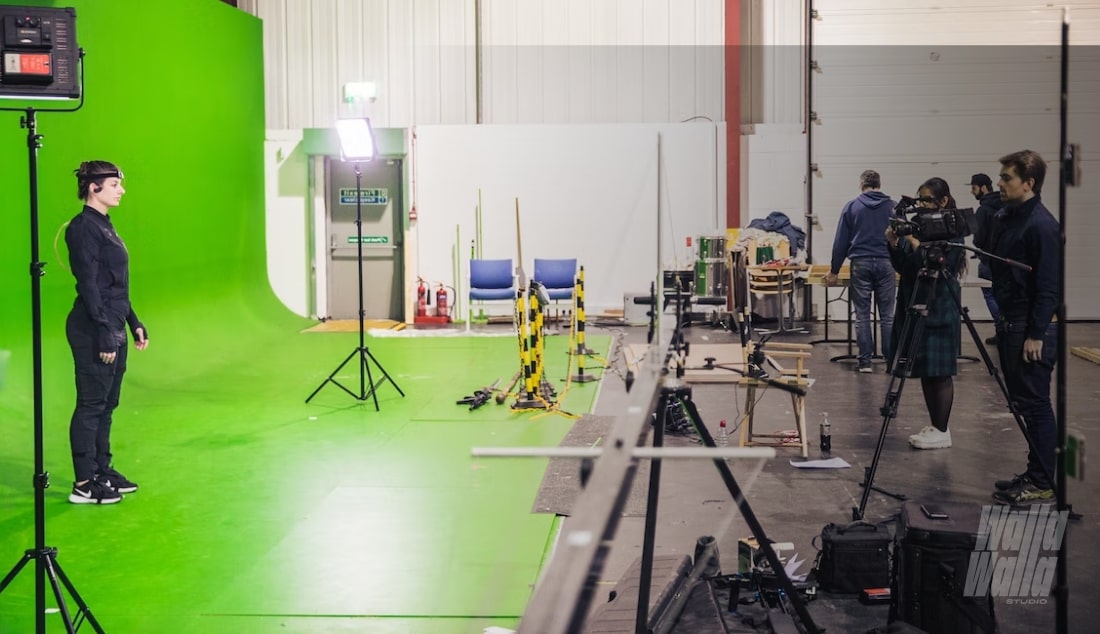
When to use SFX
Filmmaking is a big business. Thousands of films appear on screen every year. Their budgets are very different. Many (if not all) film crews face a certain discrepancy between what they hope to create and money reserved for it. Sometimes, using computer graphics can be unreasonably expensive for one or another scene. Why use complicated visual graphics if a garden hose is enough to imitate rain? Economic feasibility plays a significant role when filmmakers choose VFX vs SFX. It does not mean that post-shooting visual processing is always more expensive than physically created on-set effects. Every coin has two sides, as they say.
Besides economic considerations, filmmakers can have other reasons for using real-life means to achieve SFXs. The very aesthetics of particular scenes may require the on-set physical effects from the artistic point of view. In many cases, some natural phenomena look more authentic when captured by a camera. Such environmental happenings as smoke, wind, fire, rain, fog, and the like still remain difficult to manifest on screen with post-production computer processing.
Interactions between actors and various objects/creatures should go organically in the frame. Even a talented actor may face trouble interacting with purely fictional counterparts. Sometimes, animatronics save the situation by filling the empty space in front of the actors. Filmmakers use very sophisticated and oftentimes expensive mock-ups and mannequins on a film set to achieve the desired dramatic effects. Using those physical accessories does not exclude post-production visual processing with computers, by the way.
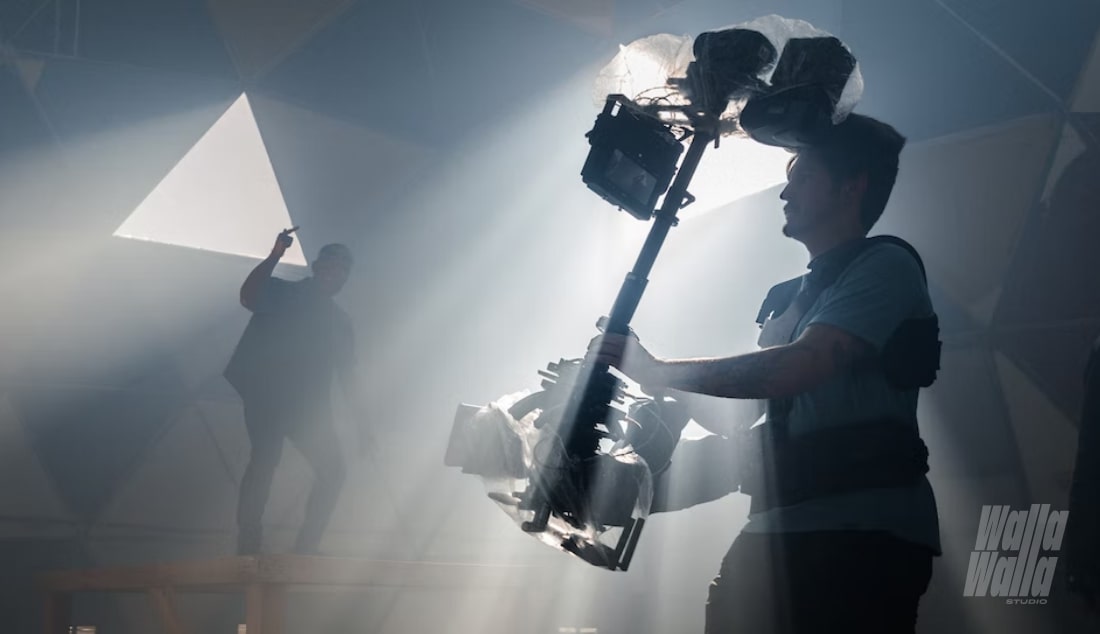
When to use VFX
Post-production visual effects appear useful when SFX cannot satisfy the plot requirements and the director’s vision of one or another scene. Conditions may appear inappropriate to use real-life effects as well. For example, smoke can go away in windy weather on a film set. Real explosions may be dangerous for actors. Scene extensions produced with computer graphics can help avoid expensive and organizationally complex external shooting in problematic locations. In other words, VFX can work where SFX cannot.
Computer graphics have become increasingly diverse throughout the never-ending software evolution. Film production timeframes and economic grounds make many film directors reconsider the filming process to use post-production VFXs where they have never been used before. Nothing but a small pavilion with a chroma key is enough to film a Western frontier town with saloons and cowboys today. It is more reasonable from any angle to hire a visual art studio to create a computer simulation than build brick-and-mortar props. The only issue here is the picture quality you can finally get.In addition to the growing quality of the picture and expanding technical capabilities, computer graphics become more affordable slowly but steadily. Famous film production companies with enormous budgets start facing competition from small studios and even amateurs in terms of VFX. Visual processing outsourcers are unfolding on the market to provide any random customer with world-class video products for relatively ridiculous money. A 30-second television commercial created by a “no-name” 3D art studio may appear in no way inferior to ads made by influential sectoral leaders.
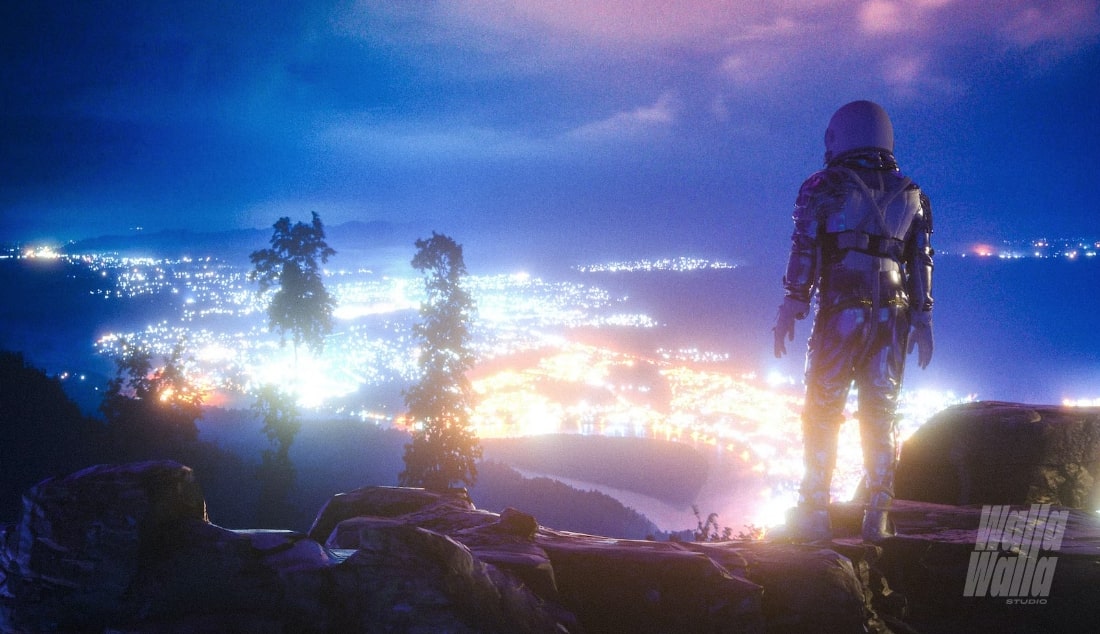
Visual Effects vs Special Effects Comparison
Real-life on-set effects and post-production video processing have their specific pros and cons. Every filmmaker can choose between the options and characteristics inherent in both types of effects. Their basic properties facilitate the personalization of video production.
| Property/Requirement | SFX | VFX |
| Planning | Should be pre-planned, especially when environmental effects are needed (rain, fog, smoke, snow, etc). Building props and animatronics are time-consuming as well. | May emerge spontaneously at post-production: adding digital effects is never too late. But using supportive techs such as the chroma key should be planned in advance. |
| Budget | Simple effects such as thunder blasts, rain, lightning flashes, and the like can be extremely cheap. Crowd scenes with real extras, as well as brick-&-mortar props and animatronics, can be very expensive. | VFX costs can significantly vary depending on the time needed to create one or another effect and the technology applied. Visual design outsourcing studios can offer lower prices with no loss of quality. |
| Safety | Can be dangerous and organizationally problematic. Pyrotechnics, stunt tricks, extreme car driving, and other SFX activities are only partially secure in terms of possible accidents. | Absolutely secure |
| Capabilities | Limited in terms of realism on the screen. Not everything can be filmed directly by the camera. For example, such a fantasy saga as the Avatar (2009) can hardly be created with just on-set SFX. | Limited by the creators’ imagination only. Entire worlds with all the details can appear from computer graphics. Moreover, it can be an open-world interactive environment akin to many modern RPG games. |
SFX vs VFX: which ones are the best?
Both types of effects seemingly serve the same purpose. However, some sorts of VFXs compose domains where physical SFX has no room at all. Cleaning wires, microphones, and other redundant objects from the frame, for example, is about post-production processing. At the same time, many film directors and Hollywood superstars prefer live shooting of action scenes despite having more than sufficient technical and financial capabilities to do this with chromakey-based visual processing. The airplane scene from Mission: Impossible – Rogue Nation (2015), where Tom Cruise is hanging on an airplane when it is taking off, has been captured in real life with little post-processing.
Films belong to different genres, and such a division determines the effects most appropriate to one or another movie. The same can be said about the scripts. Some television series about students, for instance, can hardly require sophisticated visual effects with the mocap (motion capture) technology. Modern fantastic movies, on the contrary, cannot be made without advanced VFX. Just compare the facial expressions and appearances of the apes from two films: Planet of the Apes (1968) and War for the Planet of the Apes (2017). The difference is drastic.
The very availability of visual processing technologies makes many filmmakers ignore real-life SFXs where they are preferable from an emotional perspective. Running through a field with real explosions, like in the famous scene from the 1917 film (2019), delivers an enormous dramatic effect. At the same time, the evolving capabilities of visual effects allow understanding the filmmakers tempted by almost omnipotent VFX. What would be the Matrix trilogy if only SFXs were used? It seems no straightforward answer exists to the question of which type of effect is the best. Both keep delivering magic to films and are worth using where appropriate. SFX can hardly leave the stage anytime soon even though the objective balance appears to be on the VFX side. If you are looking for professionally-looking visual effects, get in touch with VFX experts from Walla Walla Studio: video production and computer graphics of any complexity they provide won’t leave you indifferent.
